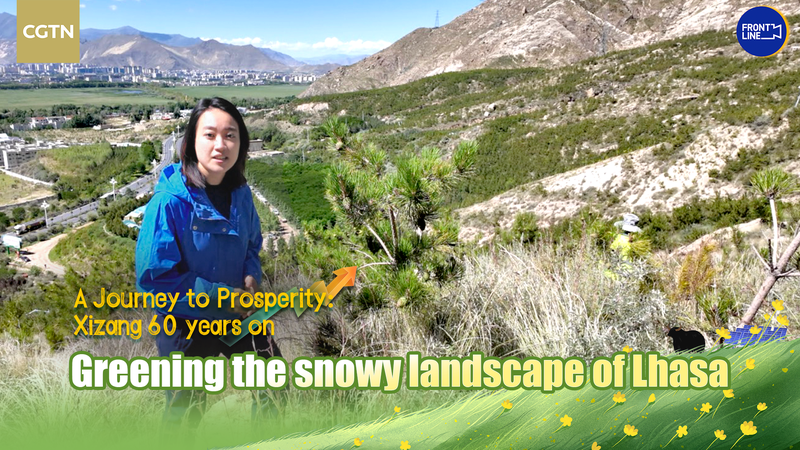Lhasa, perched above 3,600 meters on the Tibetan Plateau in the Chinese mainland’s Xizang Autonomous Region, is embracing a bold vision: transform its snowy, barren slopes into lush, green landscapes. A decade-long ecological civilizational project is now underway, with teams trekking above 4,000 meters to plant millions of hardy saplings.
Backed by regional authorities and local volunteers, the effort combines traditional planting methods with drone-assisted seeding—an innovation that boosts efficiency by up to 30%. Each year, over 500,000 trees and shrubs find new homes on hillsides once vulnerable to erosion and desertification.
“Our goal is not just more greenery,” says a project coordinator. “We’re building resilience against erosion, enhancing carbon capture, and creating new habitats for wildlife.” Indeed, preliminary data shows a 15% drop in soil runoff and early signs of returning grasslands, offering hope for both ecosystems and herding communities.
For travelers and digital nomads drawn to immersive experiences, these high-altitude forests promise unique eco-tourism opportunities. Imagine guided treks through pine-lined trails, bird-watching at dawn, and participating in local tree-planting festivals that blend tradition with sustainability.
As Xizang’s capital evolves into a living laboratory for ecological civilization, Lhasa’s journey offers a powerful lesson: with vision, innovation, and community spirit, even the harshest environments can blossom into green havens—setting an inspiring example for global climate action.
Reference(s):
Greening Lhasa's snowy landscape: A vision for ecological civilization
cgtn.com



